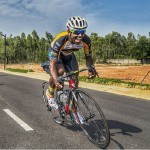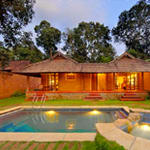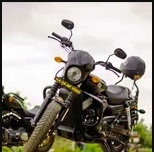Situated in the enchanting Spiti Valley, the Tabo Monastery lies to the left bank of the Spiti River and above the Tabo village. The Tabo Monastery is one of the oldest monasteries in India; Rinchen Sangpo laid the foundation of this monastery in India in 996 AD.
Most of the parts of the monastery are filled with paintings including walls and ceilings. A number of caves encircle the monastery and thus it is also known as the ‘Ajanta of the Himalayas’. These caves are used by the lamas for meditation as they provide extreme solitude.
The stupas in this monastery belong to the 13th-15th century and are still in good condition. Due to ageing, some of the paintings and the wooden work in some parts of the monastery are fading. But the endless effort of the Archaeological Survey of India has been successful in preserving the affected portions of the monastery.
The monastery has a total of 9 temples and one of these 9 temples holds the holy ‘Wheel of Law’. These temples are named differently and according to their usage. In the year 2000, His Holiness Dalai Lama inaugurated the ‘Kalachakra’ in the presence of several thousand monks from every corner of the world. The humming of daily prayers can be heard daily at sharp 6 am.
The Tabo Monastery is also considered as an ideal centre for learning Buddhism. Apart from the religious teachings, the Sekrong School within this monastery offers subjects like Sanskrit, Arts, Social Science, Maths, Social Studies, Hindi, English, Information Technology and General Knowledge.
Unlike most of the monasteries in India, the Tabo Monastery is not located in the hilly regions, but in the bottom of the Spiti Valley at a height of 3,050 m above the sea level. A large number of tourists visit this holy place every year.
May-October is considered to be the ideal time to visit this monastery as the Rohtang pass remains closed after the heavy snowfall in October. Visiting the monastery during September-October, one can become a part of the famous ‘Chakhar’ festival which is held every three years.






